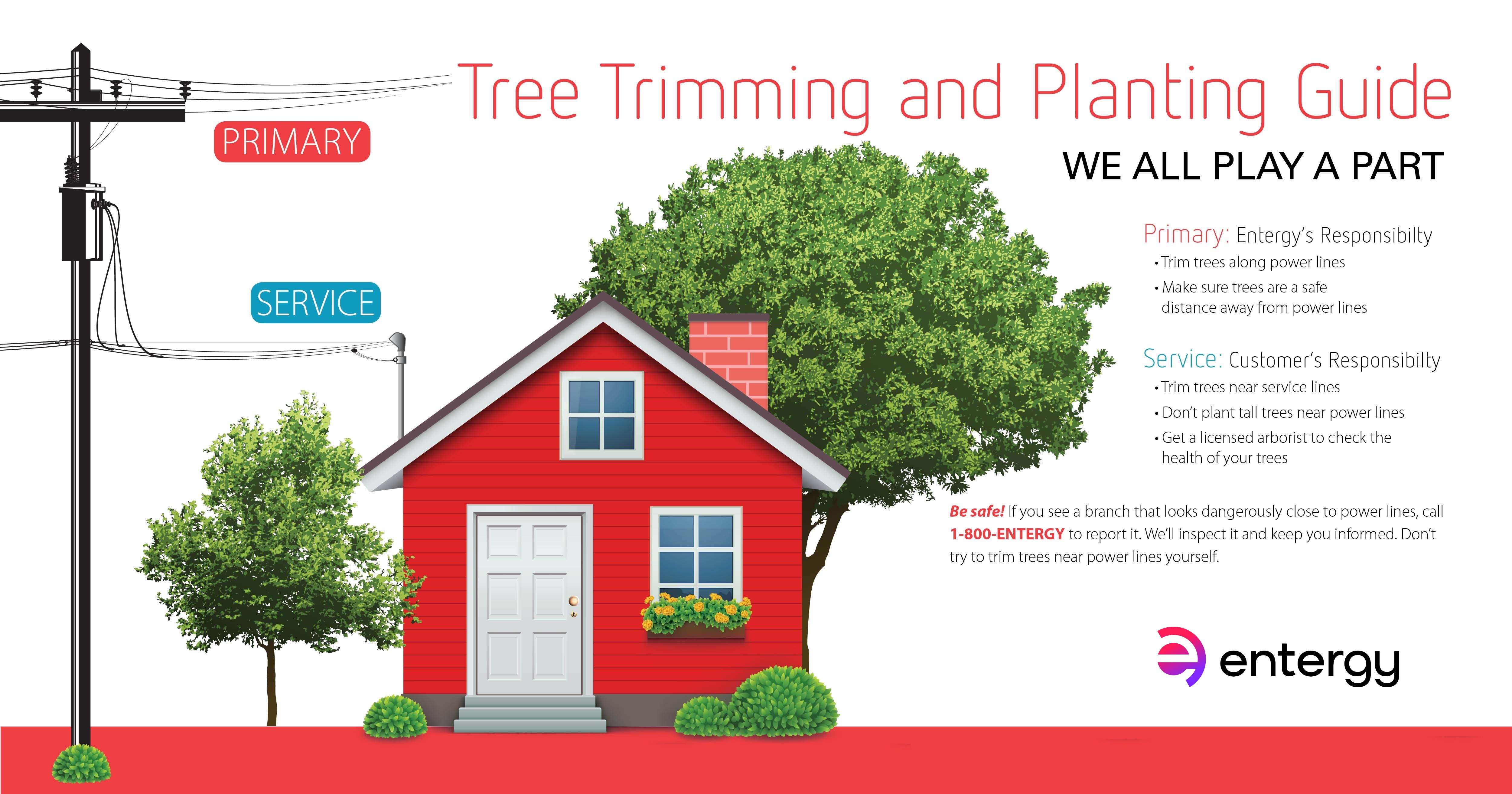Indications Suggesting The Need For Tree Elimination: Identifying Risky Trees
Indications Suggesting The Need For Tree Elimination: Identifying Risky Trees
Blog Article
Authored By-Winther Skovsgaard
When it comes to tree care, recognizing the signs that it's time for removal is necessary for your security and home. You might see tarnished leaves, wilting branches, or strange fungal growths showing health problems. Architectural issues, like a considerable lean or splits in the trunk, can likewise present risks. Comprehending these warning signs can help you make notified decisions concerning your trees and stop prospective threats lurking in your lawn. What should you try to find following?
Indications of Decay and Illness
When you see indicators of decay and condition in your trees, it's critical to act rapidly. Try to find blemished fallen leaves, wilting branches, or unusual developments like fungi. These can indicate that your tree is battling.
If you see fractures in the bark or soft, mushy wood, these signs recommend inner decay. Furthermore, an unexpected boost in bugs around your tree can signify that it's damaged and vulnerable.
Look for any dead or dying arm or legs, as they present a threat to your home and security. If you're uncertain concerning what you see, seeking advice from an arborist can supply quality.
Attending to these signs early can conserve you from more substantial damages and make sure the wellness of your lawn. Do not wait till it's too late.
Structural Instability and Leaning
As you observe your trees, keep an eye out for any type of indications of structural instability or leaning. If a tree leans significantly, it might suggest that the root system is compromised.
Look for any kind of splits in the trunk or soil around the base; these can signal possible failing. Furthermore, look for uncommon growth patterns, like a lopsided crown, which might suggest that the tree is battling to hold itself upright.
If you observe that the tree favors your home, high-voltage line, or other frameworks, it presents a greater risk. Do not overlook these signs-- consult an arborist to examine the scenario.
Taking action early can stop pricey damage and ensure your security.
Dead or Dying Branches and Foliage
If you see dead or dying branches and vegetation on your tree, it's a clear indicator that something's incorrect.
These unhealthy areas can indicate underlying concerns like condition, insect infestations, or environmental tension. When branches shed their fallen leaves or transform brownish, they're no more contributing to the tree's health. Disregarding these indications can cause more decrease, making your tree more hazardous.
https://drive.google.com/file/d/1-3yE-8wssH3DhriBthE8XsSeB1AfsS0c/view?usp=sharing can quickly break off during storms, posing a threat to property and individuals close by. It's essential to analyze the degree of the damage.
If the problem impacts a considerable part of the tree, consider getting in touch with an expert. They can aid determine if removal is necessary to guarantee safety and security and maintain the charm of your landscape.
Conclusion
If you notice any indicators of degeneration, architectural instability, or dead branches on your trees, don't ignore them. These indications can pose severe safety dangers to you and your residential property. When To Trim Pine Trees 's constantly best to speak with a professional arborist who can offer a professional assessment of your trees. Acting early can stop mishaps and costly damage, ensuring your landscape stays risk-free and healthy and balanced. Bear in mind, it's better to be positive regarding tree treatment than to wait for a disaster to occur.
